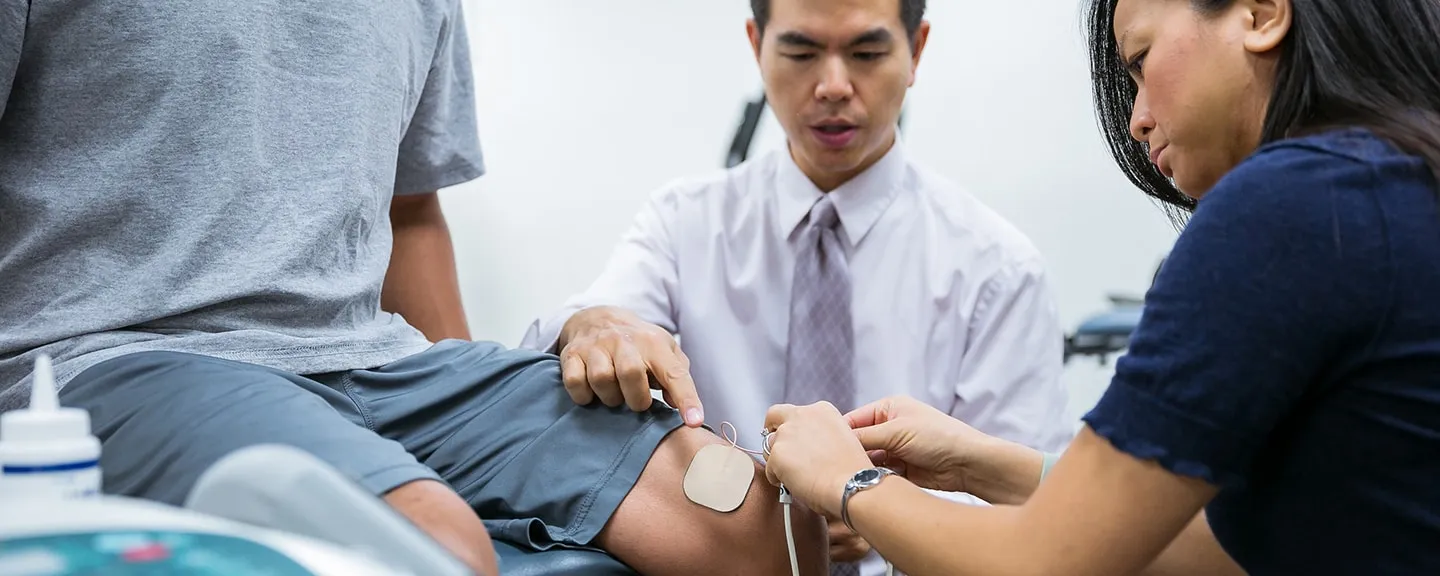- Home
- >
- APU Articles
- >
- News Article
Unlocking the Door to a Career in Physical Therapy
September 18, 2018 | Written By Ana Felce

Not only that, but employment for physical therapists is expected to grow up to 28 percent by 2026, according to the Bureau of Labor Statistics. Here’s what you need to know about pursing a career in physical therapy, and the degree that can unlock the door.
The DPT Difference
As the world’s population continues to age, physical therapy practitioners will be expected to have more knowledge than ever. The American Physical Therapy Association (APTA) released a statement noting that by 2020, practicing physical therapists will be trained as doctors of physical therapy, as this will allow them to better help patients deal with ailments related to movement, function, and health.
For this reason, it’s important that you choose a graduate program that will adequately prepare you for the requirements of the career field. If you pursue—and earn—a Doctor of Physical Therapy (DPT) degree, you will be equipped to not only deal with the medical side of patient care but also provide whole-person, compassionate care.
How to Choose the Right DPT Program
As with any decision to go back to school, choosing the right program is essential. The curriculum will influence your academic experience and determine your professional future. Every student has expectations for what he or she wants to get out of the university experience and academic coursework. However, there are a few factors that every student should seriously consider when searching for the right DPT program.
Finding employment—or advancing further in your career—is a major motivation for considering additional education after having earned your bachelor’s or master’s degree. Therefore, it’s important to look at graduate employment rates for any university you’re considering attending.
To be sure that a university’s program can adequately prepare you for a career in physical therapy, take some time to research the school’s pass rate for the National Physical Therapy Exam (NPTE). Institutions that can demonstrate a high pass rate are worth considering because it’s a likely indicator that their program successfully prepares students to become first-rate physical therapists.
Finally, you should consider the type of training and education you’ll receive—and how well it will prepare you for your career after graduation. Having quality facilities with access to top faculty and hands-on training makes a huge difference in student success and career readiness.
APU in the Moment | Biomechanics Lab
Consider the Offerings at APU
The Doctor of Physical Therapy program at Azusa Pacific University has gained attention in recent years due to its quality and caliber. Since 2013, graduates of the school’s DPT program have boasted a 100 percent NPTE pass rate and 100 percent employment rate, demonstrating their excellence and dedication to the field of physical therapy by becoming certified physical therapists.
Due in part to these distinctions, the DPT program has become one of APU’s fastest-growing programs. In fact, the school recently received a $3 million gift to fund its expansion.
These funds will help the school further develop its offerings by enhancing facilities and increasing enrollment, ultimately providing an enhanced clinical (and academic) experience. The current 36-month program helps students develop a strong generalist perspective of patient care that can be applied to a multitude of professional treatment settings.
Are you interested in pursuing a degree in physical therapy? Learn more about the physical therapy programs at Azusa Pacific University.